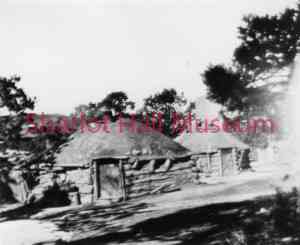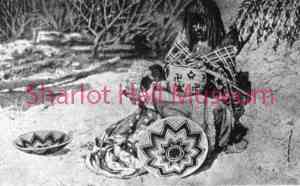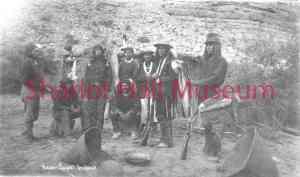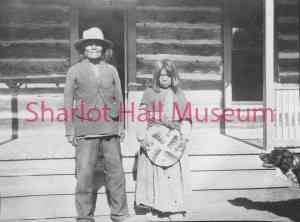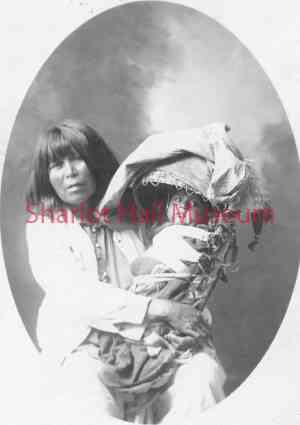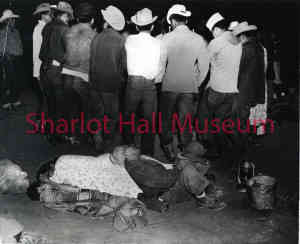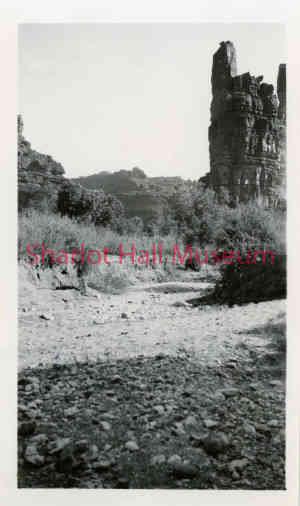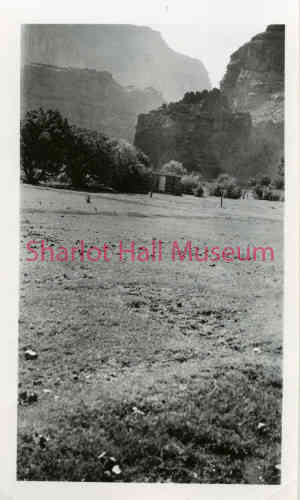Havasupai Dwelling
Indians - Havasupai
4X38X8
-
1501-0416-0001
-
1501-0413-0000
Havasupai Rodeo
Indians - Havasupai -
1501-0411-0000
Havasupai Garden Plots
Indians - Havasupai -
1501-0410-0002
Havasupai Woman Weaving Baskets
Indians - Havasupai -
1501-0407-0000
Havasupai Men in Uniform
Indians - Havasupai -
1501-0406-0000
Havasupai Couple
Indians - Havasupai -
1501-0401-0000
Havasupai Woman With Baby
Indians - Havasupai -
1501-0414-0000
Havasupai Dance after Rodeo
Indians - Havasupai -
1501-0417-0000
Havasu Creek Travertine Pools
Indians - Havasupai -
1501-0416-0002
Havasupai Canyon
Indians - Havasupai -
1501-0416-0003
Havasupai Dwelling
Indians - Havasupai -
1501-0415-0002
Havasupai Woman & Baby
Indians - Havasupai



